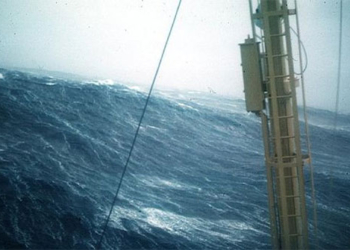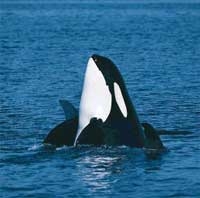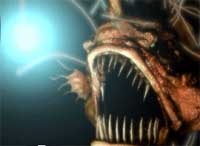The deep sea is home to countless mysteries, from strange animal species to inexplicable physical phenomena. Despite the immense pressure in the dark depths of the ocean that makes it impossible for humans to explore directly, there exist creatures and fish with appearances and abilities that stretch the limits of our imagination.
Whether you are abroad or at home, you’ve likely seen on TV or live broadcasts people with extraordinary appetites, capable of consuming amounts far beyond that of an average person.
However, in the realm of these mysterious creatures, that is nothing compared to the stomach capacity of some animal species. The creature we are discussing today has an incredibly large stomach, making it the species with the largest belly on our planet relative to its body size.
The reason we know of its existence and its gigantic stomach is that these creatures are voracious eaters, often being killed by their own meals and floating to the surface—largely due to overeating, which leads to stomach ruptures.
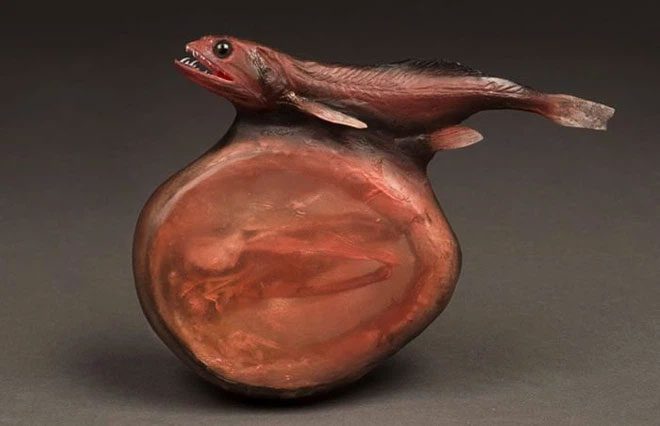
Its scientific name is Chiasmodon niger, but it is more commonly known as the “Black Swallower.”
This animal is Chiasmodon niger, a species of deep-sea fish belonging to the family Chiasmodontidae, also known as the Black Swallower—a typical species in the family Forthodontidae. This unique fish is widely distributed in temperate to tropical marine regions around the Earth, capable of living in waters ranging from 300 to 3,900 meters deep, with an ideal depth for growth and development between 750 and 1,900 meters.
Chiasmodon niger has a rather fearsome appearance. It measures between 10 to 20 cm in length and can grow up to 25 cm under favorable conditions. This fish has a long, narrow head, a slender, flattened body, and a massive mouth filled with fangs. Despite this, some people claim that this fish is exceptionally delicious.
This species lives in the dark, deep-sea environment with very little food, which keeps these fish in a constant state of hunger. Therefore, when they encounter prey, they do not hesitate to swallow it, even if the prey is many times larger than their own body.
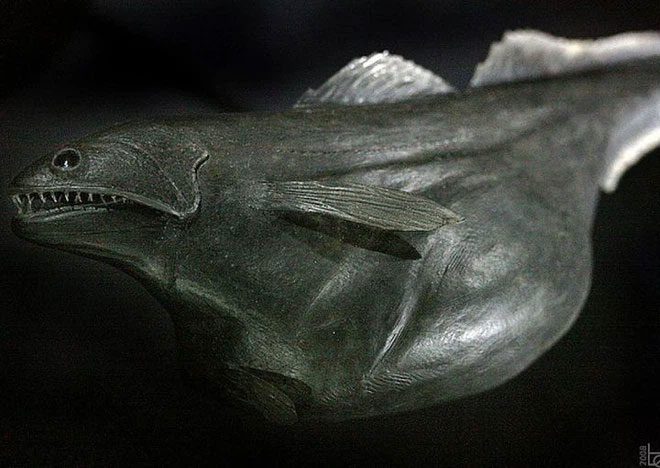
When it catches its prey, this fish swallows it whole, much like a snake. The fish itself possesses a massive jaw and a stomach that can expand significantly, depending on the size of its meal.
After millions of years of evolution, this fish has developed a special stomach that is highly elastic, capable of expanding many times its original size and accommodating prey that is ten times its own body weight.
The upper jaw and forehead bones of this fish are connected by a suspension system, allowing the jaw to drop down to consume larger items than its head—similar to the jaw mechanism in snakes.
When it captures prey, it begins swallowing from the tail of the prey and bites slowly before consuming the entire prey into its stomach. Through this unusual feeding method, Chiasmodon niger can gulp down prey that is twice its length and ten times its weight, and its belly can stretch out to form a transparent membrane.
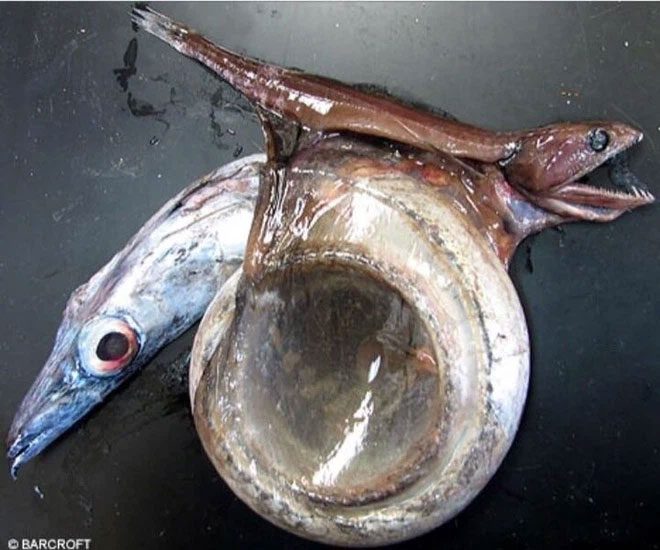
Black Swallower can kill prey twice its size. If measured by weight, it can consume prey that is ten times heavier without issue.
However, due to its overly gluttonous nature, this fish sometimes meets its demise from the very prey it has consumed. When it eats prey that is too large, the food inside can begin to rot before it can digest it all, producing gas bubbles within its stomach. This causes the body of Chiasmodon niger to become buoyant and slowly rise to the surface, ultimately leading to a ruptured stomach and death.
In reality, due to its unique habitat, this fish is known to very few people, and it has never been captured on camera by humans observing the deep sea.
In 2007, a fisherman discovered a 19 cm long Chiasmodon niger near Grand Cayman in the act of swallowing an 86 cm long blacktail barracuda—more than four times its own length. This caused the body of the Chiasmodon niger to be severed, and the head of the unfortunate barracuda was torn from its body. The heart of this Chiasmodon niger must have also burst due to the pressure change in its environment. The fish was later taken to the Port of Florida Oceanographic Institute, and since then, this species has been included on the map of the world’s organisms.








































